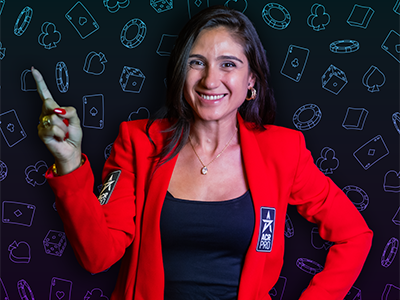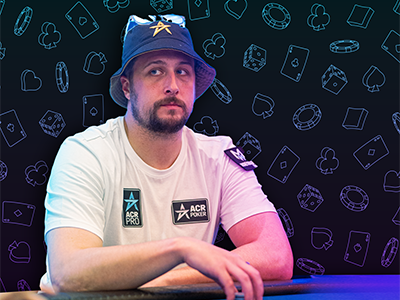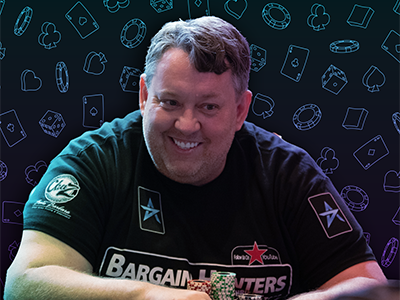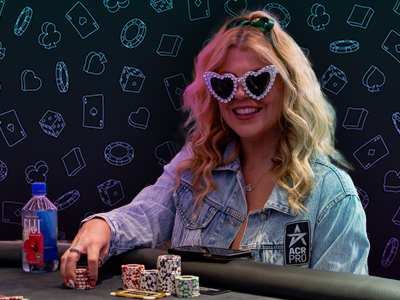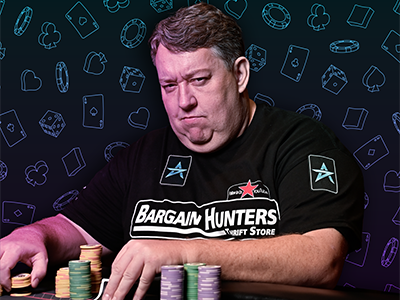Building a big stack early in PLO is not just about winning more hands but also creating opportunities In Pot-Limit Omaha (PLO), building a big stack early can significantly influence your overall success in the game. Unlike other poker formats, PLO involves higher variance due to players receiving four hole cards instead of two. This
Tag: pot-limit omaha
The Role Of Implied Odds In Pot-Limit Omaha
Mastering the concept of implied odds allows you to evaluate risks versus rewards effectively Implied odds play a critical role in Pot-Limit Omaha (PLO), influencing the decisions players make throughout a hand. Unlike in No-Limit Texas Hold’em, where a single pair can often win, PLO is a game where strong hands like straights, flushes, and
Common Mistakes To Avoid In PLO Tournaments
Avoiding known mistakes can allow you to make deeper runs and capitalize on opportunities Pot-Limit Omaha (PLO) tournaments are an exciting yet challenging format that requires a unique approach compared to Texas Hold’em. While the game’s four-hole card structure creates more possibilities, it also increases the likelihood of making mistakes. Here are some common errors
Playing Strong Draws Aggressively In Pot-Limit Omaha
By embracing aggression with strong draws, you can extract value and keep opponents guessing Pot-Limit Omaha (PLO) is a game of action and potential, where strong draws can often rival made hands in terms of equity. Knowing how to play these draws aggressively can be a key strategy to maximize value and apply pressure on
Understanding The Importance Of Nut Draws In Pot-Limit Omaha
Mastering the art of playing nut draws provides a solid foundation for success in Pot-Limit Omaha In Pot-Limit Omaha (PLO), the concept of nut draws plays a pivotal role in shaping strategies and decision-making at the table. Unlike No-Limit Texas Hold’em, where players often rely on a strong single pair or top set, PLO is
Identifying betting patterns in online PLO tournaments
In online PLO tournaments, adaptability and awareness are critical Pot-Limit Omaha (PLO) tournaments are a dynamic form of poker, requiring sharp analytical skills and a deep understanding of betting patterns to gain an edge over opponents. Unlike No-Limit Hold’em, PLO involves four hole cards instead of two, leading to a wider range of possible hands
When To Bet And When To Check In Pot-limit Omaha Tournaments
Mastering when to bet or check in PLO tournaments requires fine-tuning your skills and adapting to the dynamics of each hand Pot-Limit Omaha (PLO) tournaments require a fine balance of aggression and patience, as understanding when to bet or check can greatly influence your success. Unlike No-Limit Hold’em, PLO offers players four hole cards, leading
Sizing Your Bets for Maximum Pressure in Pot-Limit Omaha Tourneys
Strategic bet sizing in PLO isn’t just about building pots; it’s about leveraging ships to maintain control Pot-Limit Omaha (PLO) tournaments require strategic thinking, especially when it comes to bet sizing. Unlike no-limit games, where you can push all-in at any point, PLO restricts your maximum bet to the current size of the pot. This
Tips for Online vs. Live Pot-Limit Omaha Tournaments
Adapting to the environment is essential when transitioning between online and live PLO events Pot-Limit Omaha (PLO) is a dynamic and action-packed game, and the strategies for online and live tournaments often differ. Understanding these nuances can help players maximize their chances of success in both formats. Online PLO tournaments are known for their speed
Utilizing Ranges and Frequencies To Gain an Edge in PLO
By blending calculated aggression with mindful range utilization, you can extract maximum value while minimizing exposure to risk In Pot-Limit Omaha (PLO), leveraging hand ranges and frequencies is key to gaining a competitive edge. Unlike Texas Hold’em, PLO features four hole cards, significantly increasing possible hand combinations. This dynamic makes range comprehension even more critical,
Building a Preflop Ranges Matrix for PLO Cash Games
A well-defined preflop ranges matrix provides a foundation for making profitable decisions Creating a preflop ranges matrix for Pot-Limit Omaha (PLO) cash games is a valuable strategy tool for players looking to improve their hand selection and decision-making. Unlike Texas Hold’em, where a player holds two cards, PLO gives each player four hole cards, resulting
Bluffing Strategies Against a Tight Player in Pot-Limit Omaha
Well-timed bluffs appear credible and put pressure on tight players to fold Bluffing in Pot-Limit Omaha (PLO) can be challenging, especially against a tight player who picks their spots carefully and rarely overextends. However, by using calculated strategies, you can exploit the tightness of such players. Every player must know how to bluff in PLO
